Mother Nature gave puppies and kittens sharp teeth because they have no strength in their jaws... Yet!
Now is the time to teach bite inhibition before any serious damage can be done by the strong jaws of your future adult dog or cat. Be careful, do not unintentionally encourage biting by playing rough games. Tone down the games. Never wrestle or tease with your hands. Teach your pet to put his teeth on tug ropes and toys instead of your skin. Your pet cannot be chewing on your skin if he is biting on a double knotted tug rope.
The appropriate age to get a puppy or kitten is 8 weeks old and NO sooner. During this first 8 weeks the baby's mother and littermates have done much to teach bite inhibition with an immediate, appropriate "correction" when the baby bit too hard during play. We have to continue the lesson by following a few rules at home.
While petting or playing with your pet, if he bites (or even if his teeth barely touch your skin) scold him by saying "Ow!" in a loud, obnoxious voice and quit playing with him. Do not jerk your hand away, remain still. When he backs off, IMMEDIATELY praise and start to give him attention again.
You must give him another chance to play in order for him to learn from his mistakes. Repeat this every time he starts mouthing.
You will need to be loud and obnoxious with the verbal cue "Ow!" the first few times. After that, if he backed off, you should only need to say the word firmly.
Give the baby a chance to learn what the consequences are. Give the "Ow!", praise when he backs off and continue to interact with him. If after 3 times of saying "Ow!" the baby keeps coming back for more you have two choices:
1) Turn away, don't speak to him and don't touch him. Get up and walk away if you need to. You need to show him that if he puts his teeth on you - he will lose his play partner.
2) Calmly take the pet to his kennel, put him in, give him a treat for going 'kennel', and leave the room. As long as he is quiet, you may let him out after just a few minutes. Remember, if he throws a temper tantrum in the crate, you must wait until he is quiet for at least 2 minutes before letting him out. (See Crate training instructions for cats here and for dogs, here.)
Remember, dogs and cats LIKE to play rough. If you start getting too rough, they will escalate and sooner or later you will get bitten or scratched. It's not their fault we don't have fur and thick skin to protect us, but they can learn to play safely with us if we take the time to teach them.
Never leave your puppy or kitten and children alone together unsupervised. This is the fastest way to teach a dog or cat to bite!
I would love to help you with your pet's training needs. Please drop me a note if you enjoyed this site or if you have any questions about classes or any other pet related questions. Check out our classes!
Thank you,
Judy Seils and Ruby
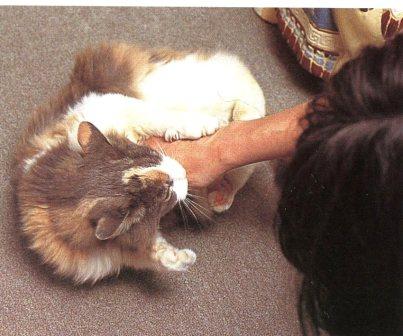
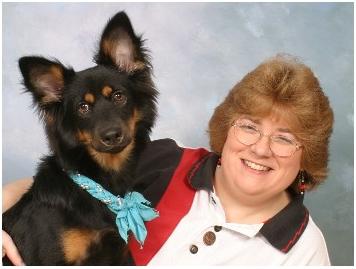


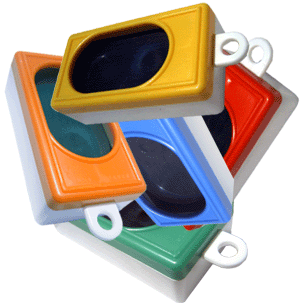
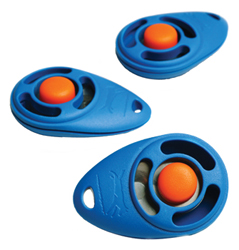



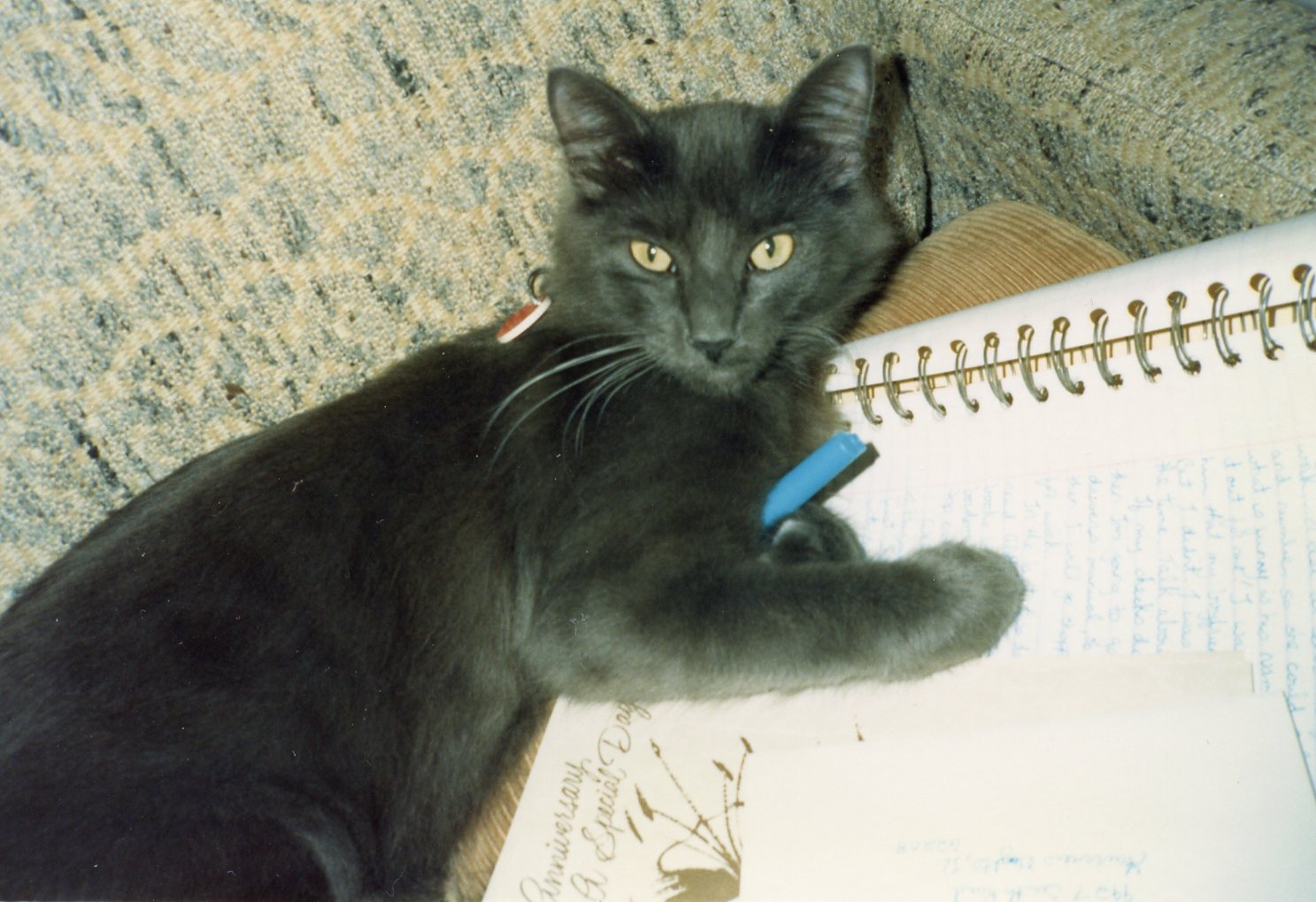
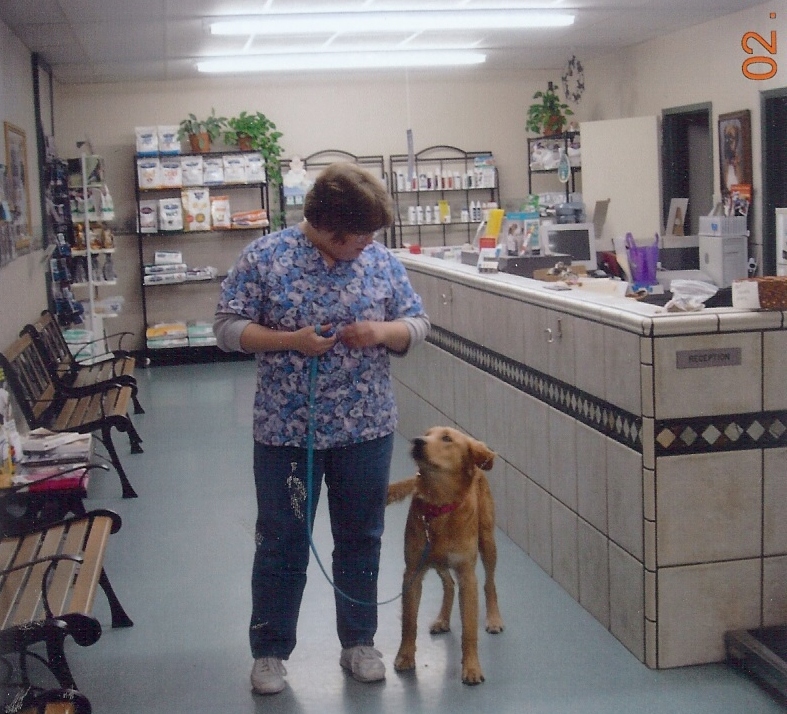
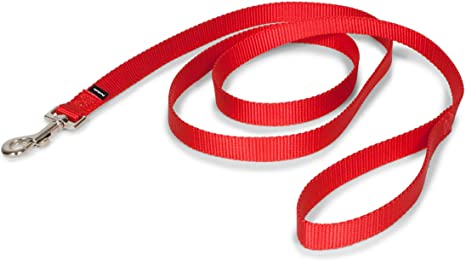
Shouldn't Your Pet Have Pawfect Manners?
You can have a well-behaved pet, let me show you how.
Schedule Your Class!(281) 440-6818
judy.pawfectmanners@gmail.com